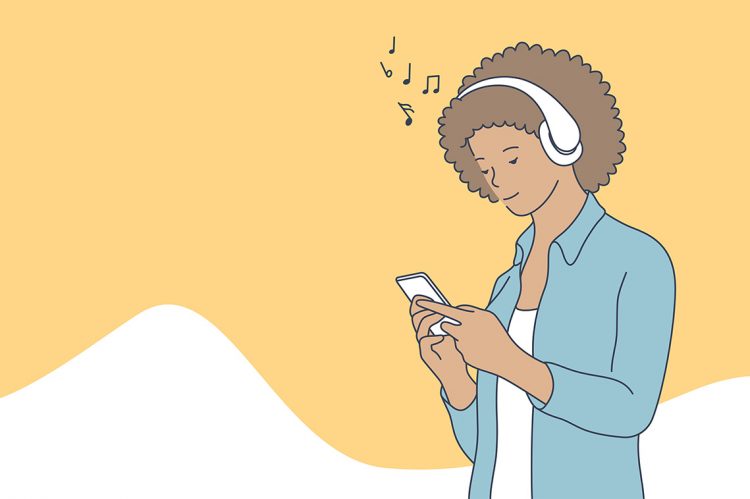We ended our last “music is magic” discussion talking about how music can elicit certain feelings in others, and how Jim Kirk, CEO of Corporate Magic, uses that knowledge when putting together emotionally charged shows like the General Sessions at the annual Berkshire Hathaway HomeServices’ Sales Convention.
Jim says that this idea of music creating feelings within us is something we’ve been trained (whether we know it or not) to understand. There’s a historical connection, too. For instance, Jim explains that when we hear bagpipes, because we’ve often heard them at a funeral, they often have a calming or sorrowful effect on us. Similarly, the string section—cellos, violas, bass violas—are richer and soothing in their sounds, whereas banjos and electric guitars are more upbeat and fun. Trumpets are brighter, Jim explains, and flugelhorns and French horns imbue a sense of warmth.
For me, the historical effect of music happens when I hear certain bands. I can’t hear REO Speedwagon without thinking of John Thompson and I working together at the Cherry Chase Public Golf Course in the 1980s. And beyond history, there are songs that remind us of relationships, not just moments in time. For my one daughter, Alex, it’s “Sister Golden Hair” by America that always reminds me of her. For my other daughter, Lauren, it’s “Butterfly Kisses.” And every time I hear “Unchained Melody” by the Righteous Brothers, I’m reminded of my wife Joanie and how we’d watch the movie “Ghost” together.
Research supports the idea that music and emotions are intertwined. Petr Janata, associate professor of psychology at the University of California, Davis, conducted research on the link between brain activity and music, ultimately concluding that “the region of the brain where memories of our past are supported and retrieved also serves as the hub that links familiar music, memories and emotion.”
As Professor Janata explained: “What seems to happen is that a piece of familiar music serves as a soundtrack for a mental movie that starts playing in our head. It calls back memories of a particular person or place, and you might suddenly see that person’s face in your mind’s eye. Now we can see the association between those two things—the music and the memories.”
Beyond creating a picture in our minds, listening to music can cause physical reactions, too. According to scientific studies, music can lower stress, heart rate and blood pressure, as well as our cortisol levels, while increasing serotonin and endorphins, eliciting a similar feeling to spending some rejuvenating time outdoors, exercising or getting a good night’s sleep. The American Music Therapy Association writes extensively on the pain-reducing effects of music therapy, which the association says can be used for patients of all ages, from young children to adults, to help lessen acute and procedural pain. NorthShore University HealthSystem reports that playing soft music (especially when coupled with dim lighting) can help you consume a meal at a slower rate, which aids with digestion.
And if you want a better workout, experts say try listening to music while you exercise. Not only will it boost your mood, but it will also increase your endurance by decreasing the perceived effort required for you to complete the physical task at hand. Professor Costas Karageorghis of Brunel University in London conducted research that showed people can run farther, bike longer and swim faster while listening to music—and they often don’t even realize it.
So, what’s the message? Like I said last week, music is magic.
This article is adapted from Blefari’s weekly, company-wide “Thoughts on Leadership” column from HomeServices of America.












